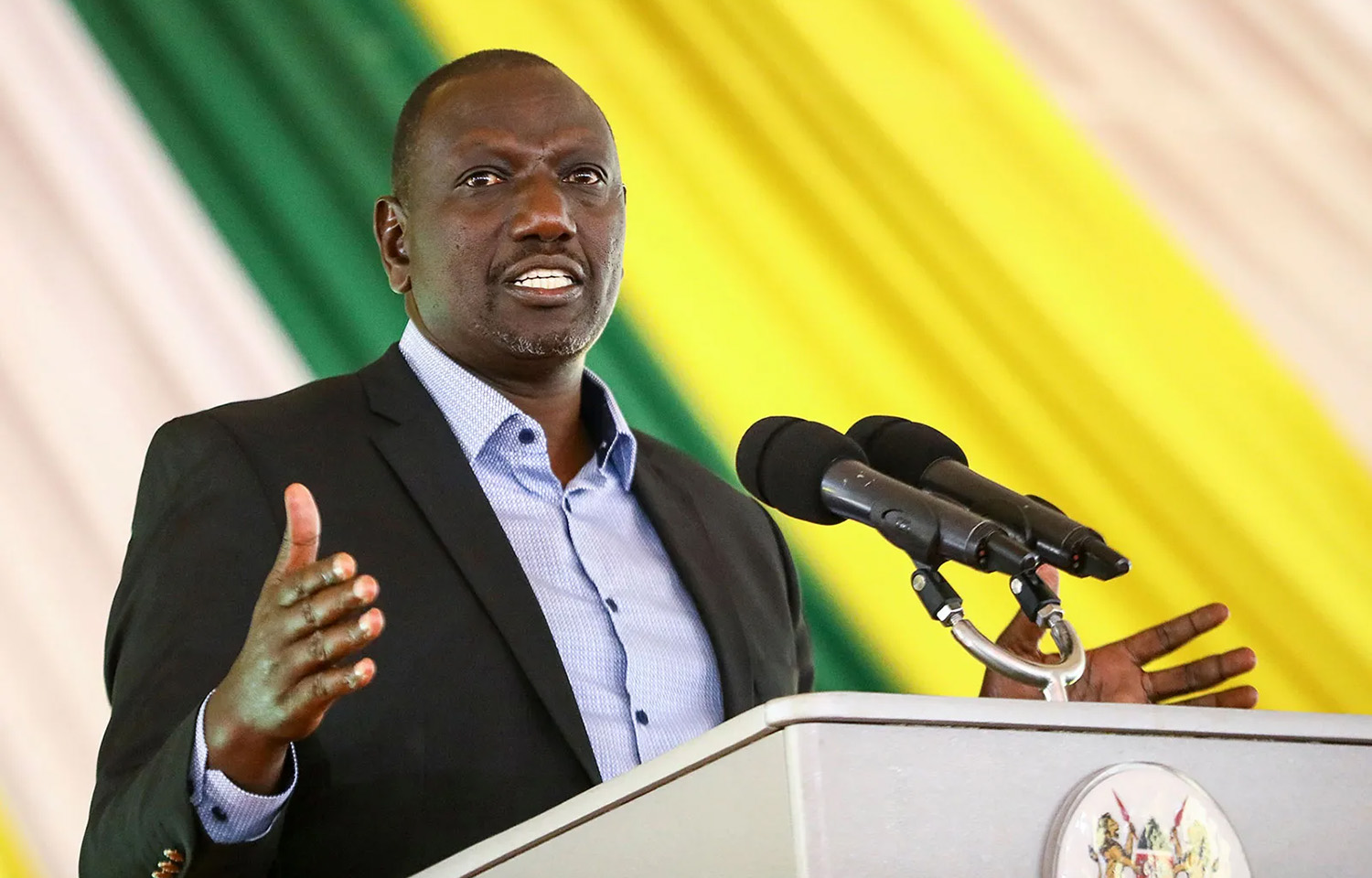Kenya has slashed nearly 30 percent of its fiscal year 2024-2025 budget allocation for fisheries, aquaculture, and the blue economy after countrywide anti-tax protests in July forced the government to rework its original proposals on taxes, expenditures, borrowings, and revenue.
In response to the protests, Kenyan President William Ruto said through the withdrawal of the original plan, he had listened to Kenyans “who have said loudly that they want nothing to do with this Finance Bill 2024.”
“I concede, and therefore, I will not sign Finance Bill 2024; it shall subsequently be withdrawn,” he said.
The original bill contained proposals on how the government intended to raise nearly KES 4 trillion (USD 30.7 billion, EUR 27.5 billion) to finance both recurrent and capital expenditures. At least KES 2.9 trillion (USD 22.5 billion, EUR 20.2 billion) was to be generated from ordinary revenues, translating to KES 461 billion (USD 3.5 billion, EUR 3.2 billion) in additional taxes compared to 2023-2024, leading to the protests.
The subsequent withdrawal has compelled the government to revise 2024-2025 budget estimates by nearly KES 146.3 billion (USD 1.1 billion, EUR 1 billion) downward to reflect the projected decrease in domestic revenue collection. This has led to the suspension of several development projects, including some in fisheries, aquaculture and the blue economy estimated to be worth KES 2.6 billion (USD 20 million, EUR 17.9 million).
Some of the projects that have been put on hold include the development of fish research laboratories, aquaculture technology development, the construction of a fisheries monitoring control and surveillance center, and the rehabilitation of fish landing sites, among others. However, a few key seafood initiatives remained untouched, including a KES 3.7 billion (USD 28.5 million, EUR 25.5 million) aquaculture business development project and a KES 3 billion (USD 23 million, EUR 20.6 million) marine fisheries and socioeconomic development project.
“We have realigned the expenditures to reflect the actual projected revenue collection and support the most critical sectors of the economy,” Ndindi Nyoro, the chairman of Kenya’s 27-member parliamentary budget and appropriation committee, said.
Elsewhere, the deadly anti-tax protests, which saw at least 60 protesters killed, also forced Ruto to sack his entire cabinet including, Mithika Linturi, who oversaw agriculture and livestock development under which the department of fisheries, aquaculture, and the blue economy falls.
Ruto has since appointed Andrew Karanja as Kenya’s new agriculture minister.








